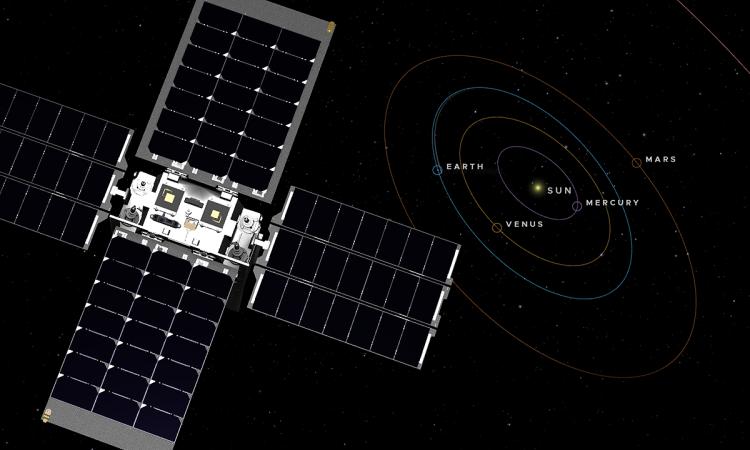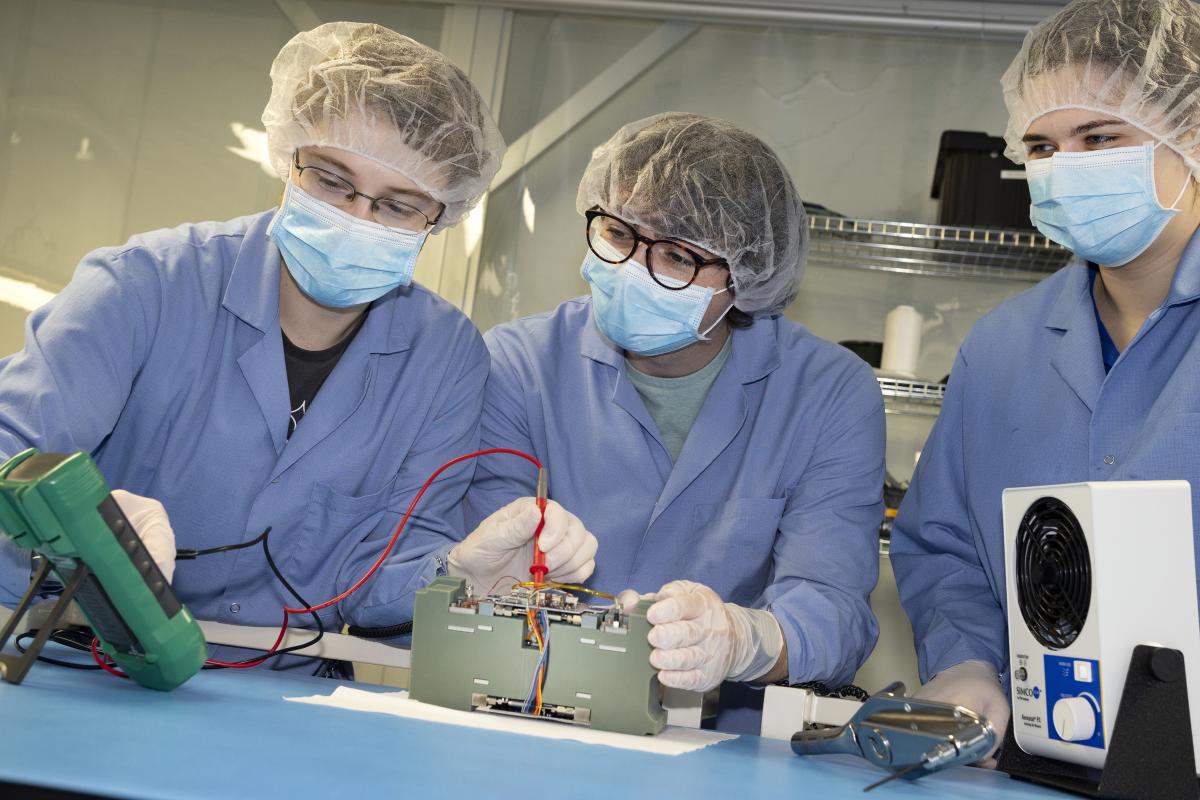Daniel Guggenheim School of Aerospace Engineering
The Guggenheim School boasts one of the oldest and largest aerospace programs in the country. Whether you want to build and fly all types of aircraft or dream of going into space, the School’s focus on problem-solving can propel you into a rewarding career with many top aerospace firms, startups, and government research labs.
Students in this program learn the fundamentals of engineering sciences in addition to specialty areas, which include aerodynamics, aircraft and spacecraft structures, flight mechanics and control, avionics, propulsion, and the design of aerospace systems.

Launch Your Dreams
Georgia Tech is the only university in the nation that owned and controlled an interplanetary spacecraft.
(text and background only visible when logged in)
Undergrad Degree Programs
Graduate Degree Programs
- B.S./M.S. in Aerospace Engineering (5-year)
- M.S. in Aerospace Engineering (campus and online)
- M.S. in Bioengineering
- M.S. in Computational Science and Engineering
- Ph.D. in Aerospace Engineering
- Ph.D. in Bioengineering
- Ph.D. in Computational Science and Engineering
- Ph.D. in Machine Learning
- Ph.D. in Robotics
Research Areas
- Cyberphysical Systems, Safety, Security, & Reliability
- Large-Scale Computations, Data, & Analytics
- Mechanics of Multifunctional Structures and Materials
- Robotics, Autonomy and Human Interaction
- Space Exploration & Earth Monitoring
- Sustainable Transportation & Energy Systems
- System of Systems and Complex Systems Integration
- Vertical Lift and Urban Air Mobility

Students test a cubesat propulsion system developed in Professor Glenn Lightsey’s lab. The satellite launched on NASA’s Artemis I mission.

A student inspects the low-speed wind tunnel, a state-of-the-art facility for experimental research.

Ph.D. student Richard Agbeyibor and Professor Karen Feigh gather data from a medevac simulator.